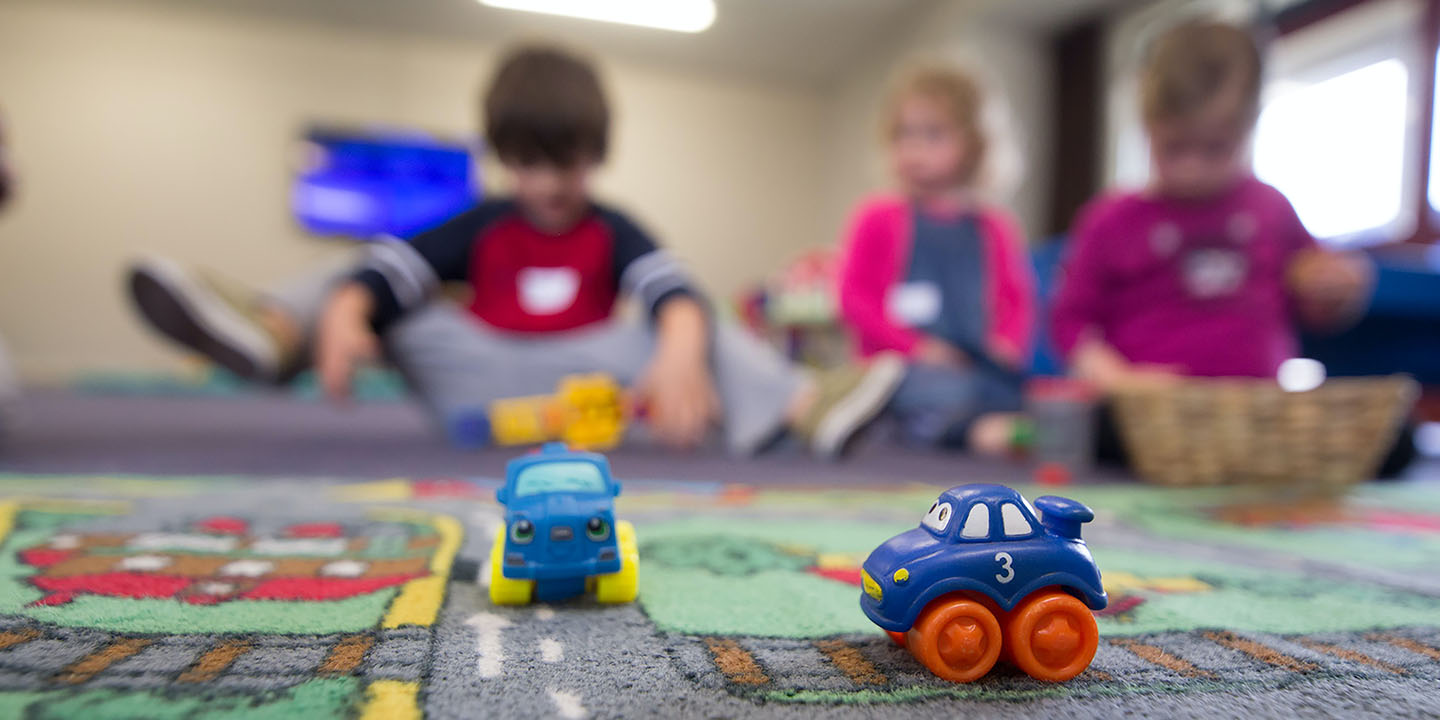Why Kids Tune Out
You say it once, twice, five times, and still no result. It’s easy to label it as defiance, but the problem often starts earlier. Kids pick up on tone and habits that quietly steer them away from listening to you. Today, we're here to help you understand why that might be happening and explain practical ways to change the pattern.
1. Intentional Boundary Pushing
Children don’t test rules to be difficult. They do it to understand where the line is. When boundaries change from day to day or shift based on tone or circumstance, kids push further. This testing behavior peaks when children feel unsure about what adults actually mean.
2. Emotional Overload
During moments of distress, a child’s brain becomes chemically overwhelmed. Stress hormones flood the system, making logical thinking and listening nearly impossible. The nervous system prioritizes safety over comprehension. In this state, even simple instructions are often misheard or misunderstood, no matter how they’re delivered.
3. Divided Attention
The moment you’re multitasking, your child starts disengaging. They track your face and presence more than actual words. Eye contact and physical attention increase processing speed. If your body’s in the room but your mind isn’t, they usually stop listening.
4. Instruction Flooding
Rapid-fire commands can overwhelm a child’s ability to respond. Directions like “get dressed, pack up, and stop yelling” exceed the limits of working memory, especially in younger kids. Children process fewer steps at once than adults, so stacked instructions are a common reason.
5. Control Battles
Listening often breaks down when communication feels like a contest of authority. Kids instinctively resist constant control when they aren’t given room to act independently. The perceived power imbalance can trigger defiance, where ignoring becomes a way to reclaim a sense of control over their world.
6. Grown-Up Language
Cognitive overload happens when words outpace a child’s understanding. A phrase like “You’re being inconsiderate” may not land, while “that wasn’t kind” is easier to process. Children rely on simple language to make sense of expectations, so abstract terms can cause confusion.
7. Lack of Follow-Up Time
Children typically need more time than adults to process and act on what they hear. Rushing them from instruction to expectation without a pause can cause confusion or inaction. Delayed response time is normal, especially in young children still building executive functioning skills.
8. Inconsistent Tone Of Voice
Children are sensitive to how things are said, not just what’s said. A mismatch between tone and message can confuse or alarm them. Inconsistent vocal delivery reduces comprehension and trust, which leads kids to disengage or ignore what they don’t fully understand.
9. Feeling Emotionally Overlooked
When a child’s frustration or sadness is brushed aside, the message received is often: “Your voice doesn’t matter.” Over time, that message sinks in. Kids may begin to tune out not out of defiance but because the emotional connection that supports listening feels weakened or missing.
10. Competing Distractions
Loud environments or overlapping sounds make it harder for children to process spoken words. Unlike adults, kids struggle to filter out irrelevant noise. What seems like harmless background activity can overwhelm their senses. In these moments, the brain prioritizes managing input instead of listening.
 Photo By: Kaboompics.com on Pexels
Photo By: Kaboompics.com on Pexels
Knowing what shuts kids down is only half the equation. Ready to reset the tone and get heard? Let’s look at what works.
1. Give A Heads-Up
Your child shifts focus more slowly than you do. Using cues like “Two more minutes, then dinner” gives their brains time to adjust. The small heads-up reduces tension and improves follow-through. A little predictability from you can make the transition much smoother.
 Photo By: Kaboompics.com on Pexels
Photo By: Kaboompics.com on Pexels
2. Use Simple Language
Too many words can dilute your message. Kids process direct, concrete language much more easily than drawn-out explanations. That quick “shoes now” is often clearer than “we need to leave soon.” If you trim words, you give their brain a better shot at staying focused.
3. Connect At Eye Level
When you kneel or crouch to your child’s eye level, something powerful happens. The simple shift releases oxytocin that strengthens connection and trust. It also evens out the power dynamic to help your child feel seen rather than commanded. This brings you closer emotionally and physically.
4. Make Listening A Habit
Kids don’t just learn to listen in the moment, they learn it through repetition. Build listening into daily routines, such as asking for attention before meals or during storytime. It will become part of what they expect. Consistent practice turns listening into second nature.
5. Stay Calm But Firm
The moment your voice rises, their defenses do too. Yelling may get attention, but it rarely earns cooperation. By staying steady, you hold authority without fear or frustration. Your calm and clear tone invites their nervous system to stay regulated. So listening becomes easier.
6. Let The Outcome Teach
You don’t need to punish every misstep. Letting real-life consequences play out helps your child learn without a fight. When the result feels natural, not forced, they’re more likely to adjust. It’s a quieter approach, yet it often teaches more than yelling ever could.
7. Praise Active Listening
It’s easy to overlook the good moments when things are calm, but that’s when praise works best. The moment you point out focused behavior, your child learns what to repeat right away. Recognition of effort strengthens cooperation, and kids tend to lean into what earns connection.
8. Give Empowering Choices
Kids usually resist when they feel cornered. Shifting from “do it now” to “can you help with this?” gives them a sense of control and that small change can de-escalate tension fast. When language invites them instead of ordering them around, you’re more likely to get a willing response.
9. Turn Tension Into Laughter
A funny voice or a playful exaggeration can turn “clean your room” into something bearable. Humor engages the limbic system to create emotional openness. Used purposefully, it builds connection and improves responsiveness. The trick is balancing playfulness with purpose.
10. Invite Their Input
Every conversation teaches something, even silence. When your child’s voice is often dismissed or cut off, they eventually stop showing up in the exchange. You should let them finish talking. It encourages better self-regulation and strengthens their ability to truly listen.


























